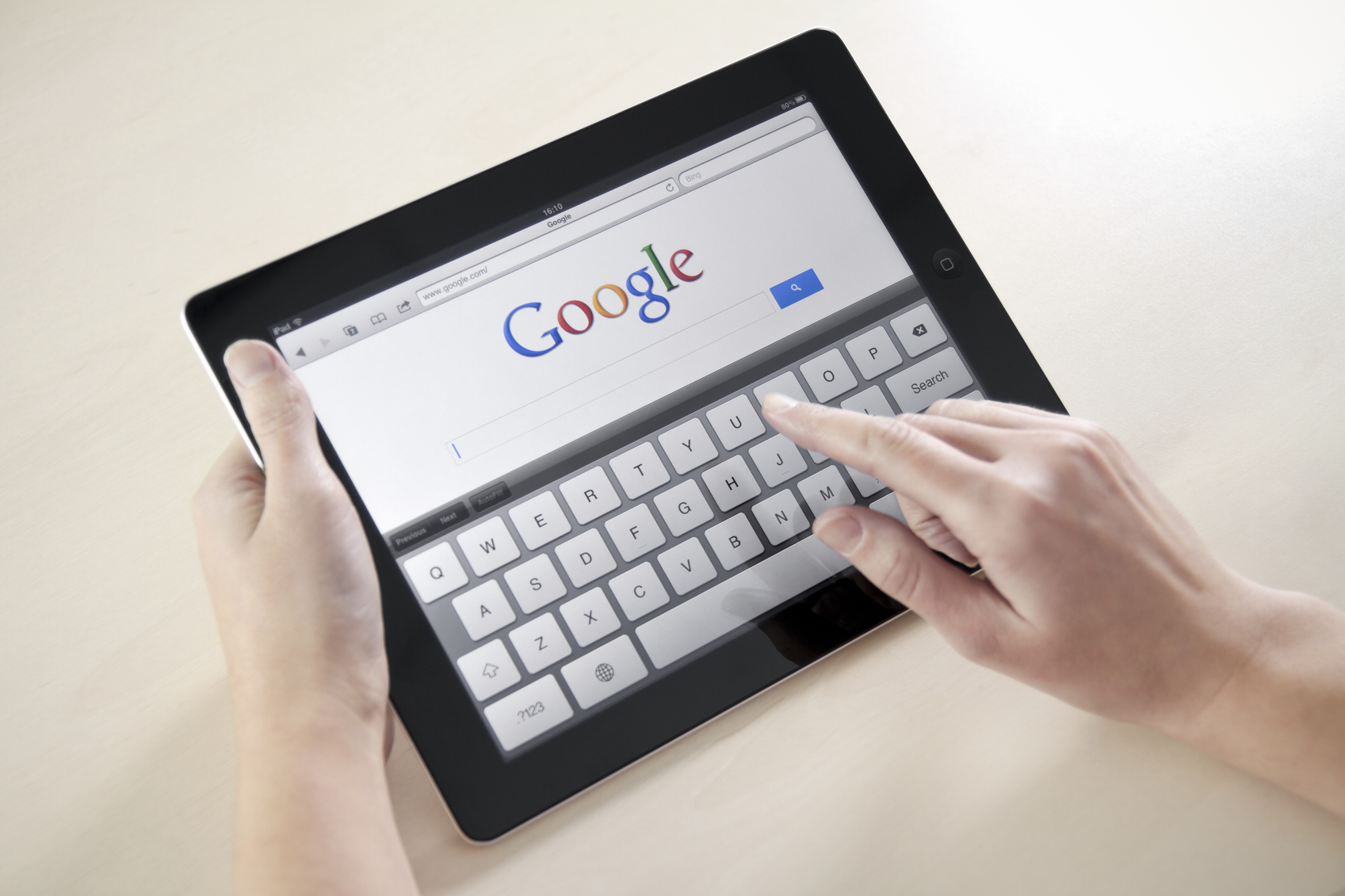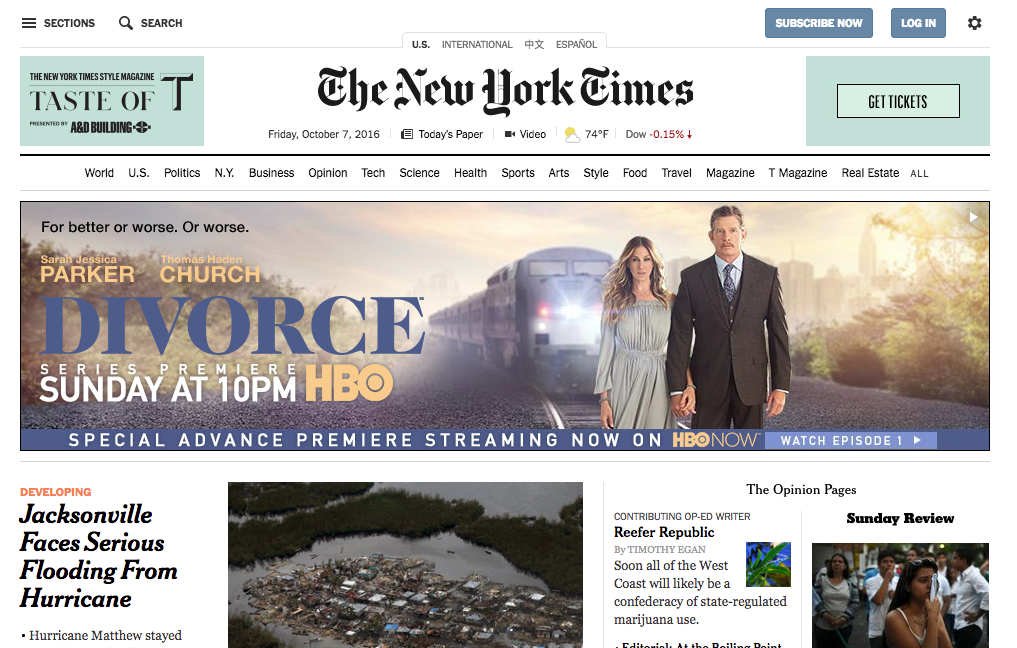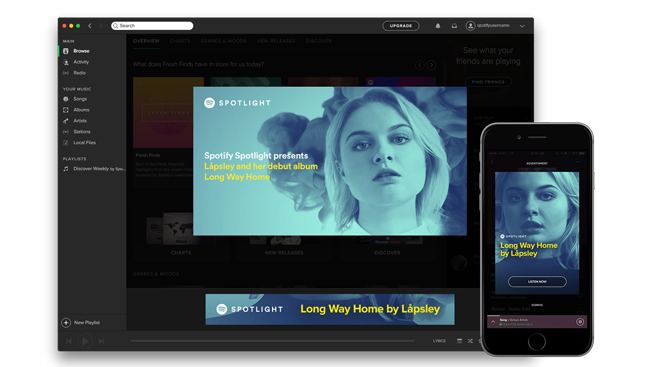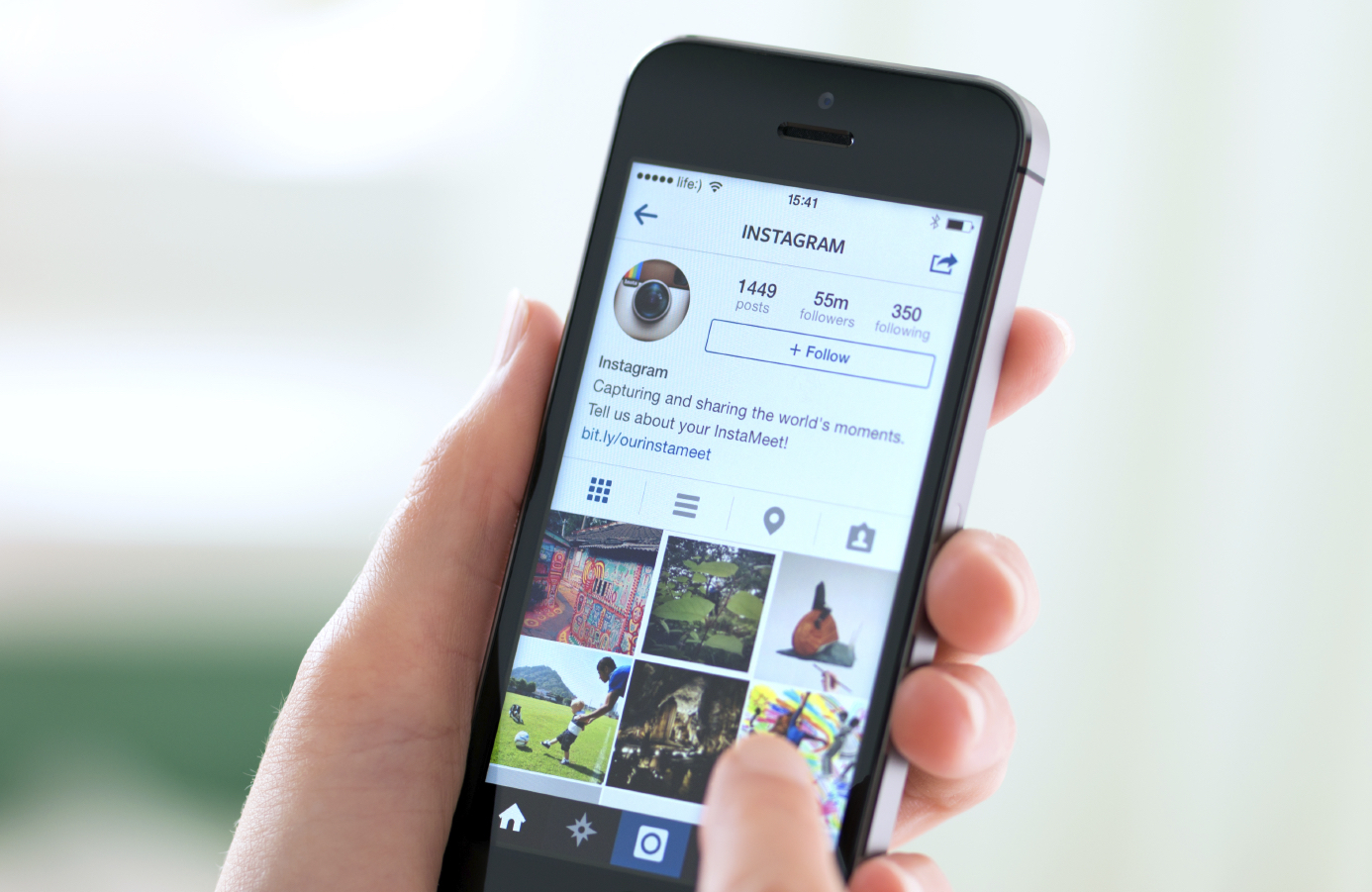What Happened
Google has introduced a Conversions API for its display ad network DoubleClick, allowing advertisers to connect offline activities like in-store purchases and phone bookings to their online campaigns. Advertisers can integrate offline customer data through Google-approved third-party partners, which include Oracle Data Cloud, Neustar, and LiveRamp.
What Brands Should Do
Taking advantage of this new API, DoubleClick advertisers can leverage attribution insights to adjust their campaigns, such as excluding existing customers from a campaign focusing on acquiring new customers, retarget customers who have placed a call but didn’t make a purchase, or offer discounts to frequent store visitors.
While still a relatively novel practice, offline attribution has quickly become a crucial part of digital ad measurement, with major players in digital advertising such as Facebook and Snapchat recently launching their own offline attribution tools to court advertisers. Brands should take a data-driven approach toward their digital marketing efforts and take note of new tools as they become available.
Source: DoubleClick Advertiser Blog





 Earlier this year, MSNBC .com President Charles Tillinghast
Earlier this year, MSNBC .com President Charles Tillinghast 